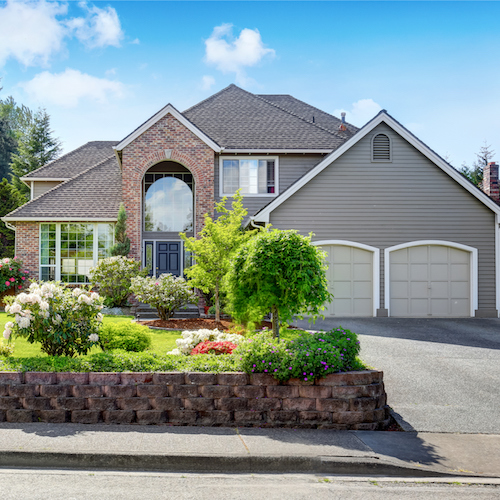
The S&P CoreLogic Case-Shiller national home price index rose to a seventh consecutive record high in June, rising 5.8% year over year to 192.60. The month-over-month percentage increase was 0.9%, down from the April-to-May increase of 1.1%.
In all 20 U.S. cities included in the 20-city home price index, June house prices increased year over year, and all 20 also posted nonseasonally adjusted (NSA) month-over-month increases. Seattle (up 13.4%), Portland (up 8.2%) and Denver (up 7.7%) posted the largest year-over-year gains. Detroit (up 1.4%) and Seattle (up 1.4%) posted the largest month-over-month increases, while Miami (up 0.4%) posted the smallest gain.
The S&P CoreLogic Case-Shiller NSA home price indexes for June increased by 5.7% year over year for the 20-city composite index and by 4.9% for the 10-city composite index.
Economists had estimated an NSA year-over-year gain in the 20-city index of 5.7%. The NSA monthly gain of 0.7% came in below the consensus estimate for a gain of 0.8%.
The index tracks prices on a three-month rolling average. June represents the three-month average of April, May, and June prices.
Average home prices for May remain comparable to their levels in the winter of 2007.
The chairman of the S&P index committee, David M. Blitzer, said:
The trend of increasing home prices is continuing. Price increases are supported by a tight housing market. Both the number of homes for sale and the number of days a house is on the market have declined for four to five years. Currently the months-supply of existing homes for sale is low, at 4.2 months. In addition, housing starts remain below their pre-financial crisis peak as new home sales have not recovered as fast as existing home sales.
Rising prices are the principal factor driving affordability down. However, other drivers of affordability are more favorable: the national unemployment rate is down, and the number of jobs created continues to grow at a robust pace, rising to close to 200,000 per month. Wages and salaries are increasing, maintaining a growth rate a bit ahead of inflation. Mortgage rates, up slightly since the end of 2016, are under 4%. Given current economic conditions and the tight housing market, an immediate reversal in home price trends appears unlikely.
Compared to their peak in the summer of 2006, home prices on both 10-city and 20-city indexes remain down about 5.5% and 2.9%, respectively. Since the low of March 2012, home prices are up 46% and 49.6% on the 10-city and 20-city indexes, respectively. On the national index, home prices are now 4.3% above the July 2006 peak and 43.7% higher than their low-point in February 2012.
100 Million Americans Are Missing This Crucial Retirement Tool
The thought of burdening your family with a financial disaster is most Americans’ nightmare. However, recent studies show that over 100 million Americans still don’t have proper life insurance in the event they pass away.
Life insurance can bring peace of mind – ensuring your loved ones are safeguarded against unforeseen expenses and debts. With premiums often lower than expected and a variety of plans tailored to different life stages and health conditions, securing a policy is more accessible than ever.
A quick, no-obligation quote can provide valuable insight into what’s available and what might best suit your family’s needs. Life insurance is a simple step you can take today to help secure peace of mind for your loved ones tomorrow.
Click here to learn how to get a quote in just a few minutes.
Thank you for reading! Have some feedback for us?
Contact the 24/7 Wall St. editorial team.
 24/7 Wall St.
24/7 Wall St.